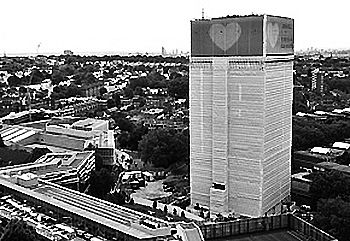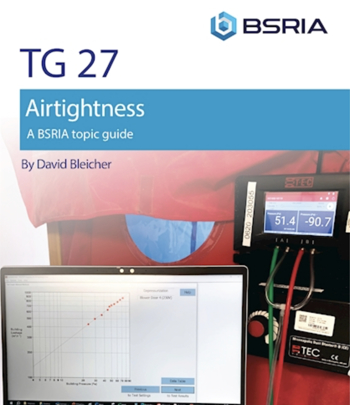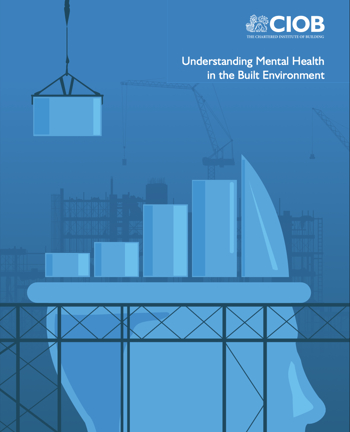Prompt writer
Prompt writer, prompt engineer and prompt architect, are all relatively new terms which describe roles that relate to the first step in the efficient use of artificial intelligence (AI) technology. Each of the terms may have a slightly different focus and because the use of AI in different fields is relatively new and rapidly expanding there are differing opinions, viewpoints, understandings and interpretations of the need for these terms and what they mean.
Traditionally prompters were individuals hiding in the wings of a theatre with a play script, ready to remind actors of their lines in case they had forgotten them. Today prompters use language to effectively give instructions or appropriate commands in written text for AI tools to produce anything from specific texts, to images or videos to designs. The role differs from terms like programme engineer, programme architect or software coding because these might be considered the basis of computing technology and are more deterministic, in that computing technology follows a programme or code without interpretation. Prompting on the other hand relies on creating the right instructions to achieve the desired interpretation by the AI model and the intended outputs.
In the realm of the design and construction of buildings the use of AI is a recent but rapidly expanding field that can save time through out the work stages of projects, from concept design, to detailing, scheduling, on site construction, and snagging through to the operation of a building. However AI-based generative tools which might be used to design concept schemes, detail drawings, check regulations or programmes need language based instructions, and it these that are considered prompts, the writers of these becoming an possible future role, with increasing significance.
Some sources describe prompt writers as being more concerned with creative prompts such as to enable the creation of images or graphics, prompt architects crafting high-quality prompts for certain individual outcomes, and prompt engineers more concerned with technical queries that are replicable. Though opinion can differ widely. The nature of prompts in general is that they should be simple and clear, but allow for refinement, prompt writing is an iterative process and many prompts and results maybe needed before the desired output is achieved. Writers need to be aware of context when writing their prompts and consider the limitations of the language models or tools they are using, but have a good command of the relevant language and specifics of the outcomes required.
These types of roles are most likely to only increase because of the broadening number of applications that may be making use of AI technology in a wide variety to situations, including increased automation of manual tasks in many industries. This brings with it the need to carry out work with a cultural understanding relevant to the local context where AI is being employed, an understanding of user focussed design or production outcomes and in particular an awareness of ethical considerations.
[edit] Related articles on Designing for Buildings
- AI and construction.
- AI building design tools.
- AI building planning, design, construction and management tools list.
- Artificial intelligence in buildings.
- Artificial intelligence in the construction industry
- Architectural Technology and AI.
- BSRIA publishes Artificial Intelligence in Buildings white paper.
- Building automation and control systems.
- Building information modelling.
- Computer aided design CAD.
- Computers in building design.
- Construction project professionals and AI.
- Designing Buildings Wiki and ECA forge a new alliance powered by AI.
- Generative design.
- Global building automation.
- Internet of things.
- Mind the AI gap.
- Parametric design.
- Predictive analytics.
- The long expanding list of AI tools for building planning, design, construction and management.
- The impact of digital on civil engineering.
- Will AI ever be able to design buildings?
Featured articles and news
The UK's Modern Industrial Strategy: A 10 year plan
Previous consultation criticism, current key elements and general support with some persisting reservations.
Building Safety Regulator reforms
New roles, new staff and a new fast track service pave the way for a single construction regulator.
Architectural Technologist CPDs and Communications
CIAT CPD… and how you can do it!
Cooling centres and cool spaces
Managing extreme heat in cities by directing the public to places for heat stress relief and water sources.
Winter gardens: A brief history and warm variations
Extending the season with glass in different forms and terms.
Restoring Great Yarmouth's Winter Gardens
Transforming one of the least sustainable constructions imaginable.
Construction Skills Mission Board launch sector drive
Newly formed government and industry collaboration set strategy for recruiting an additional 100,000 construction workers a year.
New Architects Code comes into effect in September 2025
ARB Architects Code of Conduct and Practice available with ongoing consultation regarding guidance.
Welsh Skills Body (Medr) launches ambitious plan
The new skills body brings together funding and regulation of tertiary education and research for the devolved nation.
Paul Gandy FCIOB announced as next CIOB President
Former Tilbury Douglas CEO takes helm.
UK Infrastructure: A 10 Year Strategy. In brief with reactions
With the National Infrastructure and Service Transformation Authority (NISTA).
Ebenezer Howard: inventor of the garden city. Book review.
The Grenfell Tower fire, eight years on
A time to pause and reflect as Dubai tower block fire reported just before anniversary.
Airtightness Topic Guide BSRIA TG 27/2025
Explaining the basics of airtightness, what it is, why it's important, when it's required and how it's carried out.
Construction contract awards hit lowest point of 2025
Plummeting for second consecutive month, intensifying concerns for housing and infrastructure goals.
Understanding Mental Health in the Built Environment 2025
Examining the state of mental health in construction, shedding light on levels of stress, anxiety and depression.





















